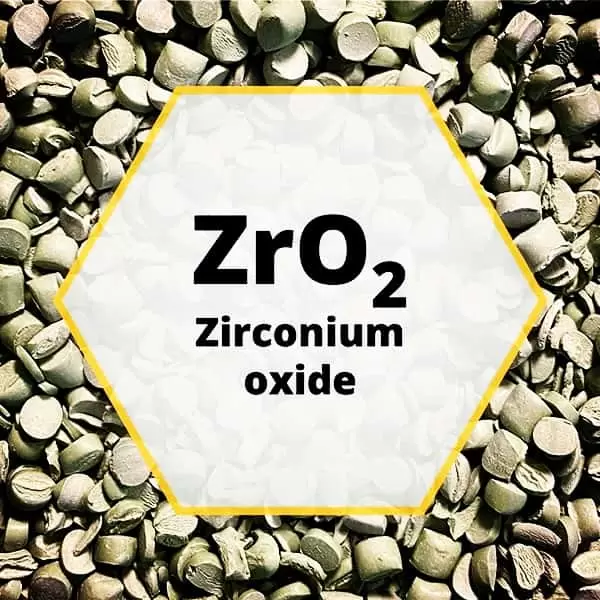Zirconia is a versatile material with a wide range of applications across various industries due to its exceptional properties. Let's delve into the fundamental aspects, properties, applications, advantages, and drawbacks of zirconia.
Zirconia, also known as zirconium dioxide (ZrO2), is a crystalline oxide extensively utilized in diverse fields owing to its unique characteristics.
Zirconia, a compound derived from the element zirconium, exhibits remarkable strength and durability, making it an essential component in multiple industries. Its adaptability arises from its chemical composition.

Zirconia is primarily composed of zirconium and oxygen atoms arranged in a specific crystalline structure, contributing to its exceptional properties.
The crystal structure of zirconia plays a pivotal role in determining its properties, making it stand out among other materials.
Zirconia-based products boast a commendable hardness, often scoring a Mohs hardness rating of 7.5 or higher. In specific instances, zirconia ceramics can even surpass a hardness level of 9, trailing closely behind diamonds. This impressive hardness directly translates to exceptional abrasion resistance, positioning zirconia ceramics as exemplary anti-wear materials.
With a staggering melting point of 2715°C, zirconia showcases exceptional thermal stability, making it an exceptional refractory material.
Zirconia exhibits relatively low thermal conductivity (ranging from 1.6 to 2.03W/(m.k)) compared to commonly encountered materials. Moreover, its coefficient of thermal expansion closely aligns with that of metals. Hence, zirconia ceramics find suitability in structural ceramic materials, such as components constituting the exterior of zirconia ceramic mobile phones.
Under standard conditions, zirconia remains non-conductive with an exceedingly high electrical resistance. However, in elevated temperature environments, zirconia demonstrates a certain level of electrical conductivity. Leveraging this principle, zirconia finds applications in numerous electronic devices.
There are various types of zirconia based on their structure, each catering to different applications and industries.
Zirconia finds extensive use in industries such as healthcare, electronics, automotive, and more. Its applications range from biomedical implants to advanced ceramics in electronics.
The fabrication processes of zirconia involve various techniques such as sintering, machining, and coating, ensuring its suitability for diverse applications.
The unique properties of zirconia contribute to its advantages, including exceptional mechanical properties, biocompatibility for medical applications, and high thermal resistance.
Despite its numerous advantages, zirconia also presents limitations such as high manufacturing costs and challenges in achieving certain shapes and sizes.
The future of zirconia lies in further research and development to enhance its properties and overcome existing limitations, opening doors to new applications and innovations.
In conclusion, the multifaceted nature of zirconia, coupled with its remarkable properties, positions it as a valuable material across various industries.
Zirconia's biocompatibility and resistance to corrosion make it an ideal material for medical implants, ensuring compatibility within the human body.
Yes, zirconia's durability and resistance to degradation contribute to its long lifespan, reducing the need for frequent replacements and minimizing environmental impact.
Zirconia exhibits exceptional strength, surpassing many traditional materials, making it highly desirable for applications requiring durability.
Absolutely, zirconia's high thermal resistance allows it to withstand extreme temperatures, making it suitable for various high-temperature applications.
Ongoing research aims to enhance zirconia's properties further, potentially leading to advancements in fields like energy storage and advanced manufacturing.

Submit your demand,
we will contact you ASAP.

Sanxin New Materials Co., Ltd. focus on producing and selling ceramic beads and parts such as grinding media, blasting beads, bearing ball, structure part, ceramic wear-resistant liners, Nanoparticles Nano Powder

